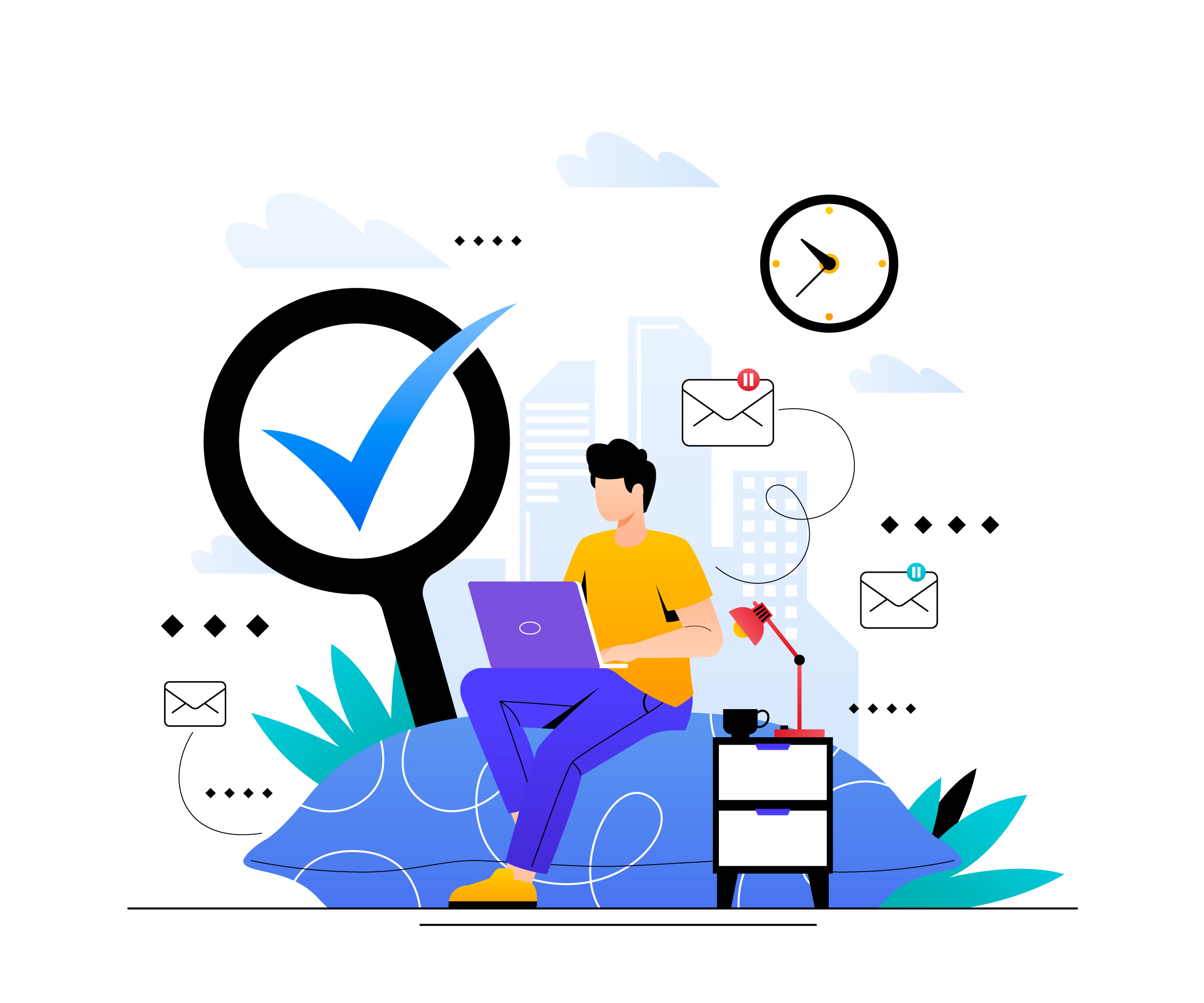
Employee productivity software has become essential for organizations to manage tasks, monitor performance, and boost efficiency. However, the use of such software also raises concerns about data security. Protecting sensitive information and ensuring compliance with privacy standards are critical. This article explores the key security measures included in employee productivity software.
1. Data Encryption
One of the primary security measures is data encryption. Encryption ensures that all data transmitted between users and the software is converted into a secure code, making it difficult for unauthorized parties to access or decipher the information. Both in-transit and at-rest data encryption are commonly implemented to safeguard sensitive data.
2. Role-Based Access Control (RBAC)
Role-based access control is another vital security feature. It allows administrators to define access permissions based on roles within the organization. By restricting access to sensitive data and features, RBAC minimizes the risk of unauthorized access and potential data breaches.
3. Two-Factor Authentication (2FA)
Two-factor authentication provides an additional layer of security. Users must verify their identity using a second factor, such as a one-time password (OTP) or biometric authentication, in addition to their regular login credentials. This reduces the risk of unauthorized logins, even if credentials are compromised.
4. Secure Cloud Storage
Many employee productivity software solutions operate on cloud-based platforms. These platforms typically use secure cloud storage with features such as redundant backups and server-side encryption. Secure storage ensures that data is protected from loss or unauthorized access during a cyberattack or system failure.
5. Regular Security Updates
Frequent software updates are essential to address vulnerabilities and ensure the software remains secure. Productivity software providers typically release updates that include security patches, bug fixes, and enhancements to protect against emerging threats.
6. Audit Logs and Monitoring
Audit logs and activity monitoring are crucial for tracking user activities within the software. These logs record actions such as logins, file access, and data changes. They provide transparency, help detect suspicious behavior and aid in compliance with regulatory requirements.
7. Compliance with Data Protection Regulations
Most employee productivity software complies with global data protection standards such as GDPR, HIPAA, and CCPA. Adhering to these regulations ensures the software follows best practices in securing user data and maintaining privacy.
8. Endpoint Security
Endpoint security is an important aspect, particularly for remote and hybrid work environments. Productivity software may include endpoint protection measures like device authentication, malware detection, and secure connections to ensure that data accessed from any device remains secure.
9. Secure APIs for Integration
Many organizations integrate employee productivity software with other tools and platforms. Secure APIs (Application Programming Interfaces) are used to facilitate these integrations while ensuring that data exchanges are protected from unauthorized access.
10. Data Backup and Recovery
To safeguard against accidental data loss or cyberattacks, employee productivity software often includes robust data backup and recovery mechanisms. These features enable businesses to restore critical information quickly in case of an unexpected event.
11. Privacy Controls for Employees
While ensuring security, the software also needs to respect employee privacy. Advanced solutions allow organizations to configure privacy settings, ensuring that only work-related activities are monitored, while personal information remains protected.
Conclusion
Security is a cornerstone of employee productivity software. Features such as data encryption, role-based access control, two-factor authentication, and compliance with data protection regulations help protect sensitive information. By choosing software with robust security measures, organizations can ensure that their data is safe while maintaining employee trust and productivity.





Leave a Reply